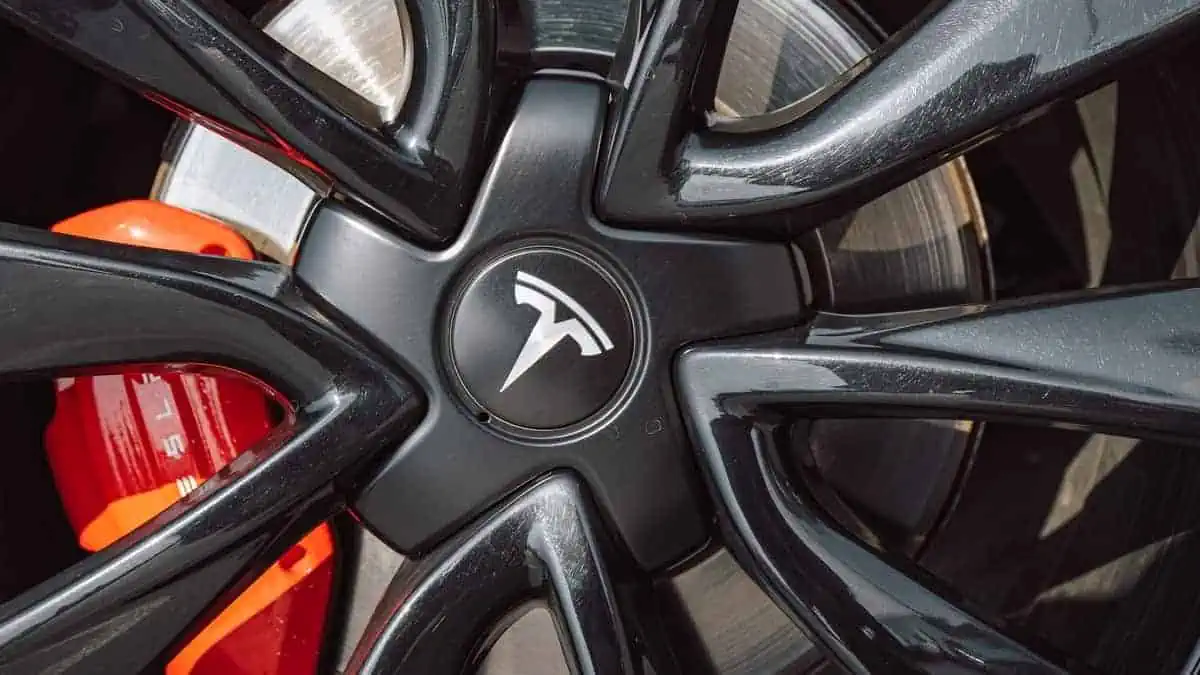Tire Rack tested the Tesla Model 3 Long Range’s standard Continental and Michelin tires and compared them with aftermarket options from the same producers.
Purpose
Tire Track aims to analyze the differences between the tires. Thereafter, the testers aim to offer tips and recommendations to electric vehicle owners, particularly Tesla Model 3 drivers, when they need to replace the factory rubber.
Test
Tire Track compared the replacement Continental PureContact LS mounted on 19-inch rims and the Original Continental ProContact RX T1 standard-fit tires.
The testers also compared the replacement Michelin CrossClimate2 tires mounted on 18-inch wheels with the Original Michelin Primacy MXM4 T1 tires.
According to Tire Track, more focus is placed on several less significant factors for ICE vehicles when testing tires designed for electric vehicles. It primarily focuses on the impact of the tires on vehicle range and the amount of road noise they produce.
The tires were put through their tests on a 6-mile loop that comprised driving on rural roads, an expressway, and a state highway. They were also tested at Tire Track’s facility, where wet and dry conditions testing was possible.
The tires were also tested while driving through 90-degree curves, a slalom course, and performing emergency maneuvers.
Findings
Notably, the OEM tire is typically better than any equivalent aftermarket tire in some high-performance cars with tires made specifically for them.
Surprisingly, this test showed that the aftermarket tire outperformed the OEM ones in most test portions, regardless of the wheel size or tire manufacturer used.
“We tested Continental and Michelin Grand Touring All-Season tires using two 2022 Tesla Model 3 Dual Motor Long Range vehicles, and replacement tires showed significant traction, braking, and lateral grip gains compared to from-the-factory tires.
The 50-0 mph braking distance improvements were substantial, with the replacement tires shortening the wet braking distance by 15 to 23 feet or one to two car lengths. That can be the difference between a close call and a crash.”
TJ Campbell, Tire Track’s Tire Testing & Information Manager
The test revealed that the aftermarket tires performed better than the OEM overall.
Noise levels
However, the Continental OEM rubber produced lower noise levels and smoother ride quality. Interestingly, the two tested Michelin tires followed a similar pattern.
Range
As expected, Tire Rack discovered that the replacement tires fell far short of the original factory tires in the crucial range test with alternative rubber. The CrossClimate2 came in second with 271 miles, and OE Michelin took the top spot with an estimated range rating of 305 miles.
On the other hand, the estimated range on the OE Continental tires for the bigger 19-inch wheels was 262 miles. The PureContact LS replacement tires, however, had only 246 miles.
The efficiency of the Model 3 is affected by each tire, as shown in the table below:
| Tire | Vehicle Reported Watt/Mile | Estimated Range at 100 Percent Charge |
| Continental ProContact RX T1 (OE) | 274 | 262 miles |
| Continental PureContact LS (Replacement) | 286 | 246 miles |
| Michelin Primacy MXM4 T1 (OE) | 236 | 305 miles |
| Michelin CrossClimate2 (Replacement) | 263 | 271 miles |
It must be noted that Tire Track did not test the vehicle until its battery pack was completely empty. Instead, they estimated the theoretical maximum range using the reported electricity usage.






